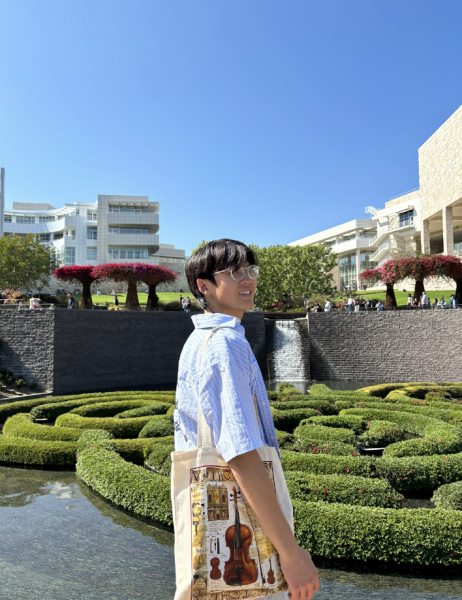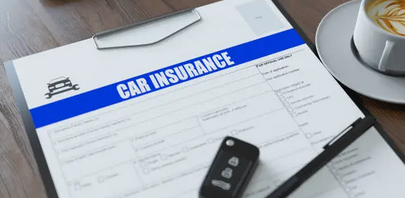Why is the Lunch Period So Short?
It does not matter if you are Lunch A or Lunch B at Quartz Hill High School—you only have thirty minutes to eat your lunch. During that limited time, your main goal is to eat. Within the allotted time, you stand in line, find a place to sit down with your plate, and by the time you have a couple of bites of your lunch, the bell rings. When you hear the bell, it becomes a mad rush to scarf your food down and make it to class on time. The opening of the second cafeteria has indeed reduced the wait time, but I still can’t help but feel like a farm animal being rushed into a line to be fed. This results in uneaten food being thrown away or, for some, selecting unhealthy meal options for lunch, like chips and candy that can be eaten later. It also means limited or no interaction with friends and classmates to decompress from the stresses of high school and share mutual experiences. For many who have just come from middle school, this could be quite an adjustment because most of your school life until now, even elementary school, allowed for 45 minutes of lunch.
According to the American Academy of Pediatrics, children should have at least 20 minutes of seated lunchtime. Keep in mind that seated lunchtime does not include the time to stand in line, receive your food, and find a place to sit. It seems giving enough time to eat is a common problem for schools. A 2019 Washington Post article highlights the downsides of having such short lunches. In many public schools, the lunches are so short that children do not have enough time to eat, resulting in many kids going hungry.
The reality remains that our school only allows thirty minutes for lunch. I understand, extending the school lunch would extend the school day, and teachers would have to adjust to an even longer school day. But if our lunchtime cannot be extended, our school should find ways to get students their lunch even faster, reduce wait times, and allow for 20 minutes of seated lunch time as recommended by experts.

Hey there, Royals! My name is Aaron Limb, and I am so excited to serve as The Ubiquity’s Editor-in-Chief for the 2024 - 2025 school year! Just a little...







